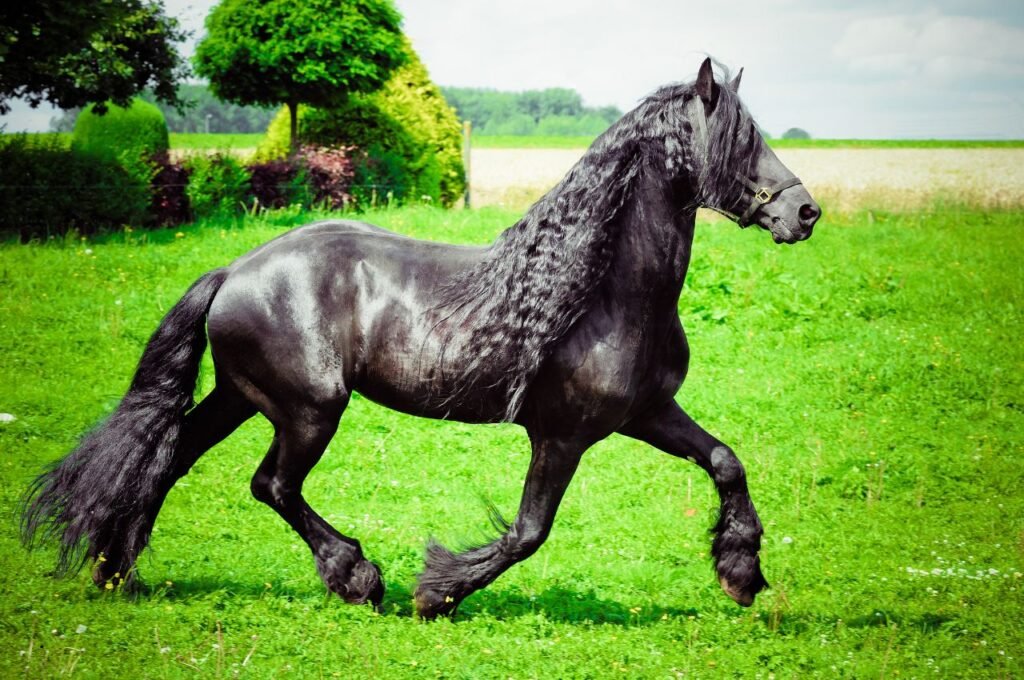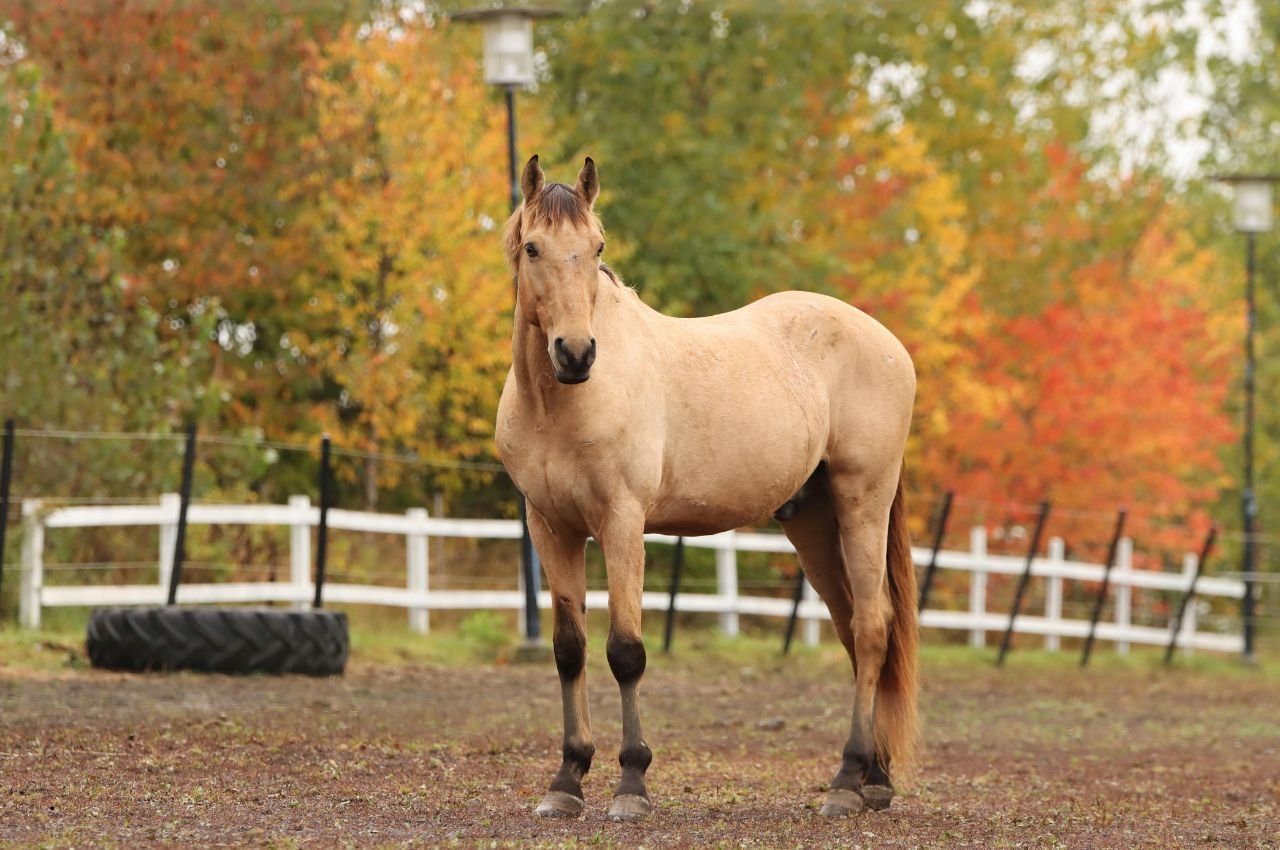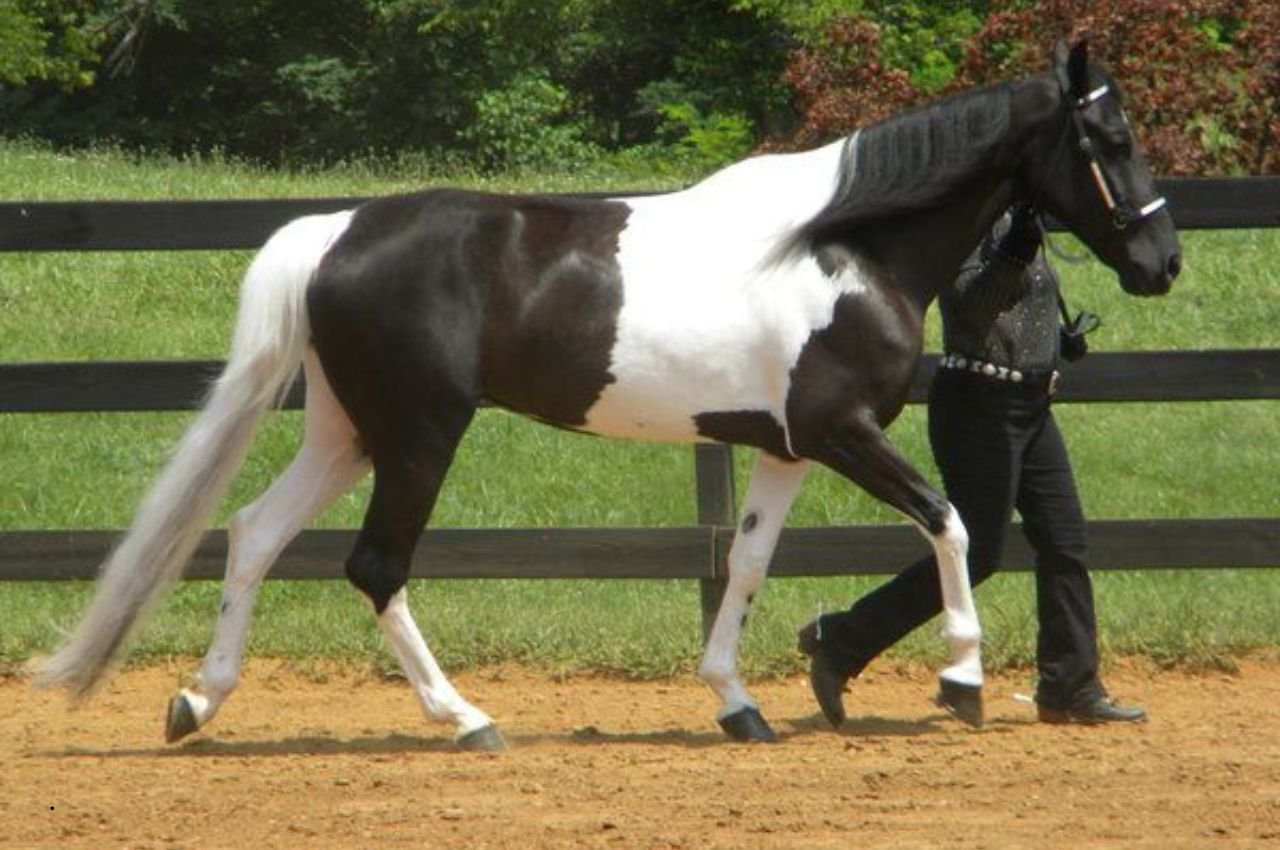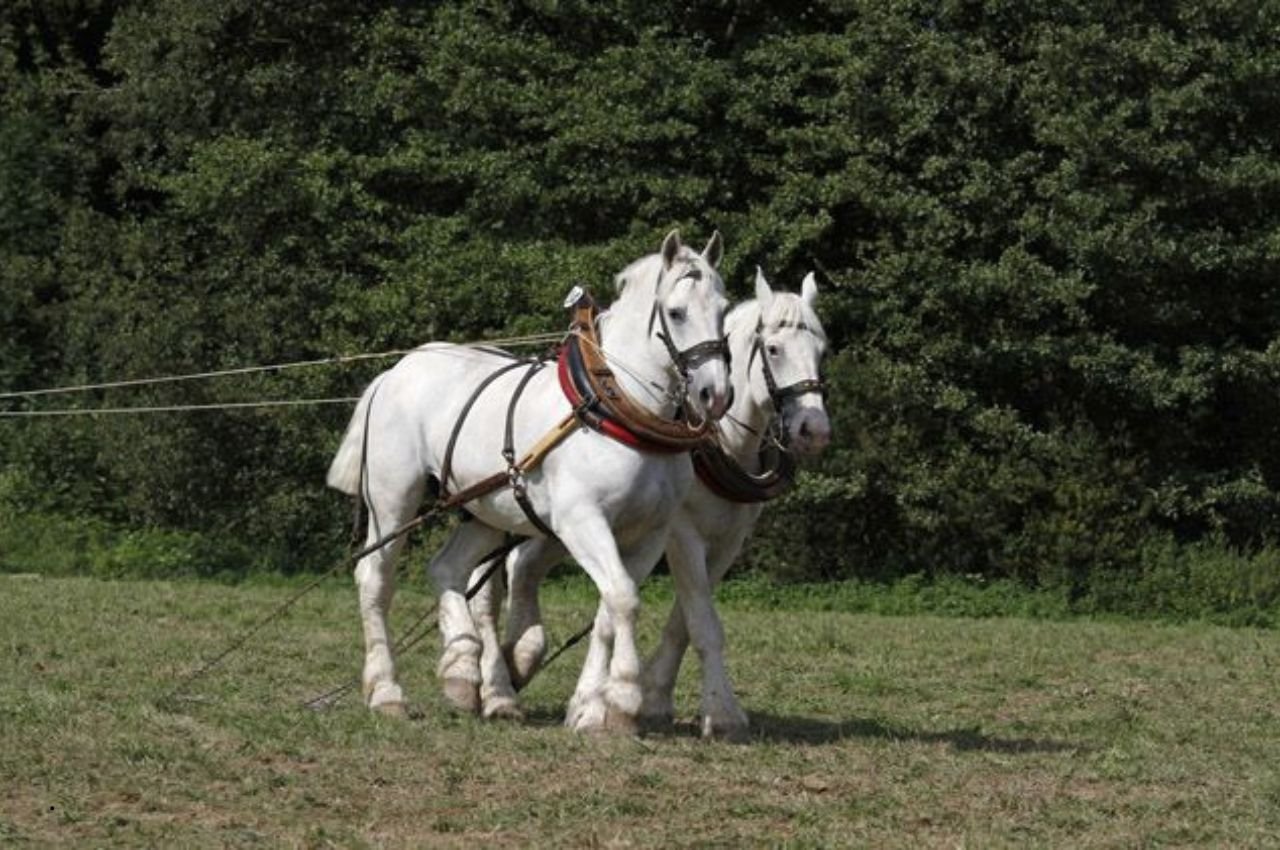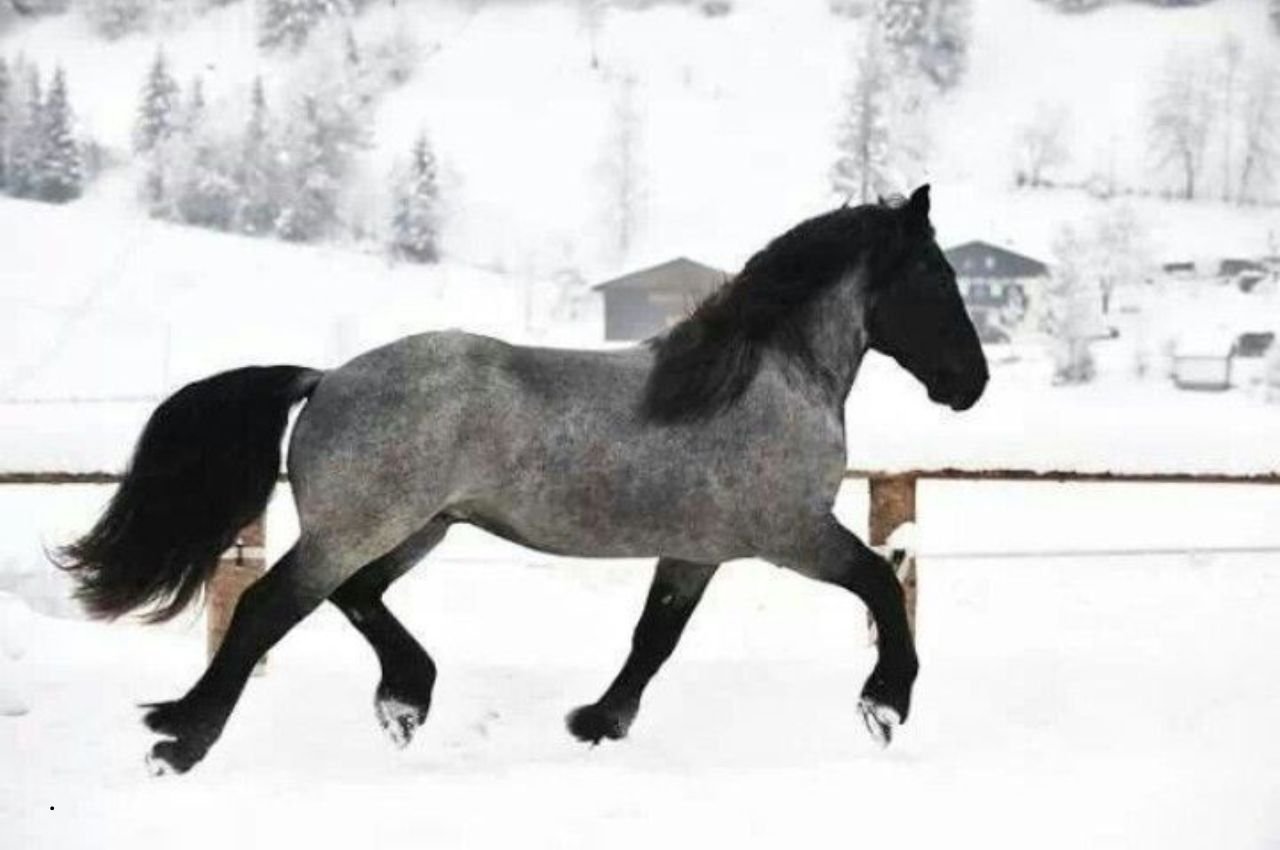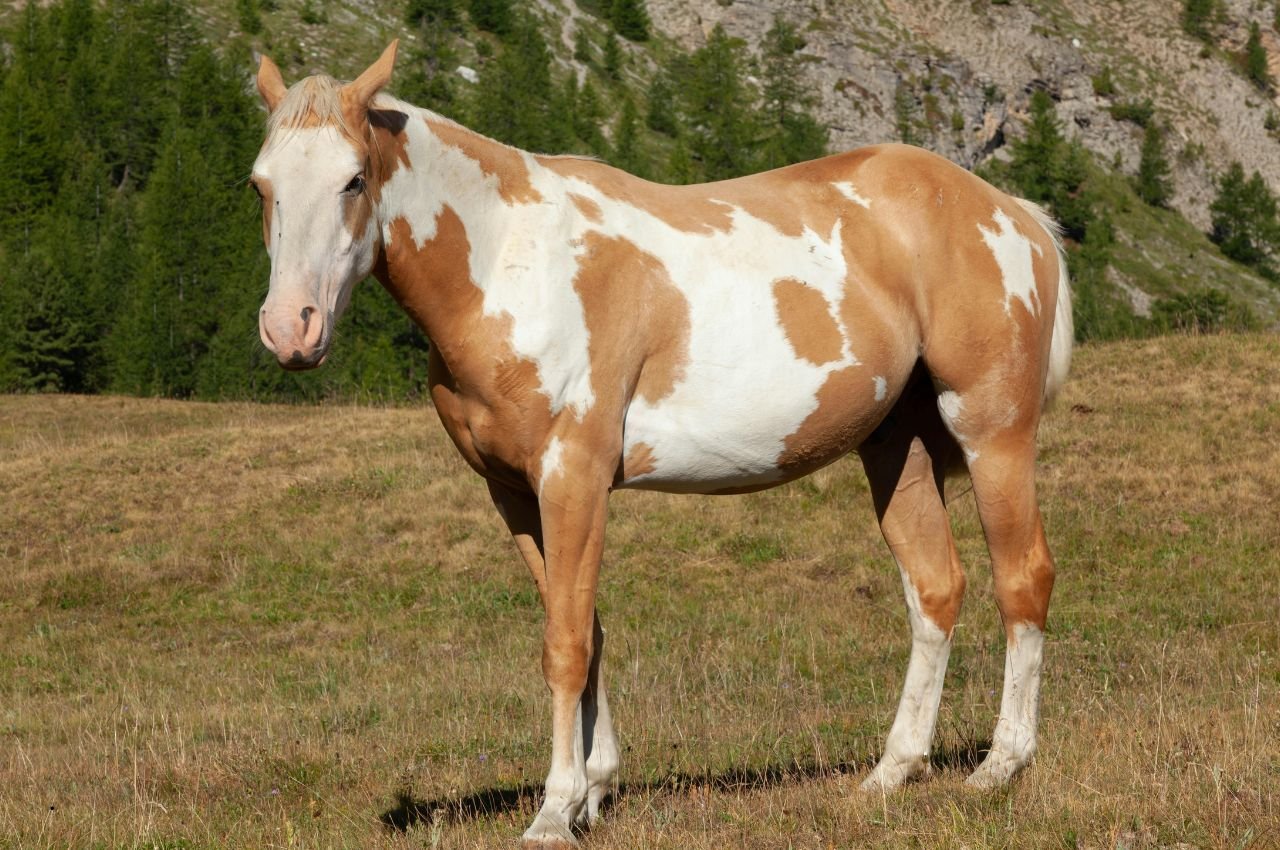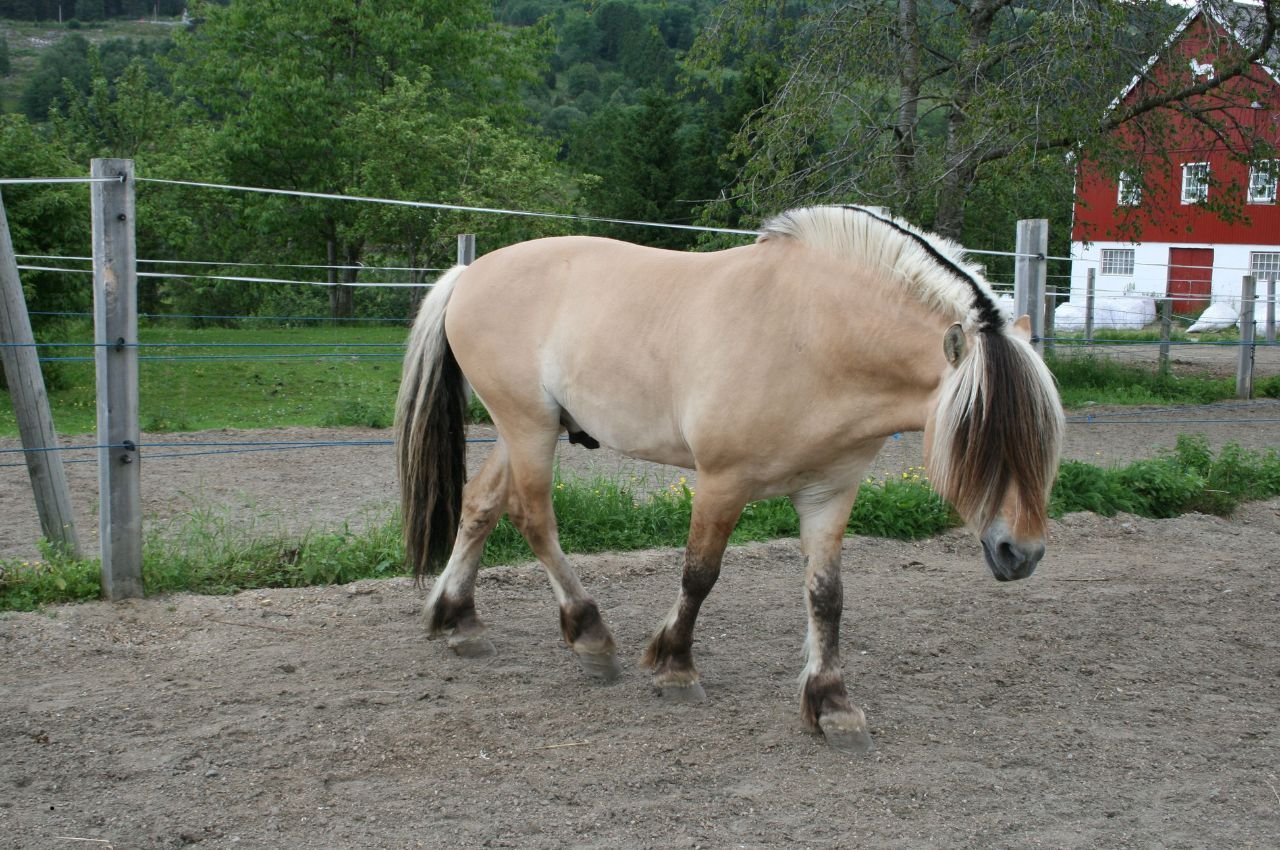The Friesian horse stands as one of the world’s most captivating equine breeds, renowned for its striking black coat, flowing mane, and ethereal presence. Often called the “Black Pearl” of the horse world, these magnificent creatures combine power with elegance in a way that has enchanted riders and spectators for centuries. This comprehensive guide explores everything you need to know about Friesian horses, from their rich history to their modern care requirements.
Origins and Rich History
Ancient Roots in Friesland
The Friesian horse traces its lineage back over 1,000 years to the Friesland province of the Netherlands, where these horses were originally bred as robust warhorses¹. Archaeological evidence suggests that ancestors of modern Friesians carried knights into battle during the Crusades, their strength and agility making them invaluable on medieval battlefields.
During the 16th and 17th centuries, Friesian horses gained prominence beyond warfare. Spanish occupation of the Netherlands introduced Andalusian bloodlines, refining the breed’s natural grace and adding the high-stepping action that characterizes modern Friesians². This Spanish influence helped transform the sturdy warhorse into the more elegant carriage horse we recognize today.
Near Extinction and Revival
The breed faced near-extinction in the early 20th century when mechanization reduced demand for working horses. By 1913, only three registered stallions remained³. Through dedicated conservation efforts by Dutch breeders, particularly the work of the Friesian Horse Studbook (FPS) established in 1879, the breed was painstakingly rebuilt from this critically small gene pool.
World War II again threatened the breed’s survival, but post-war breeding programs successfully expanded the population⁴. Today, while still considered a rare breed with fewer than 60,000 horses worldwide, Friesians have achieved global recognition and are bred on every continent³.
Physical Characteristics and Breed Standards
The Classic Friesian Look
Friesian horses present a distinctive and unmistakable appearance that has remained remarkably consistent throughout their history:
Size and Build: Friesians typically stand between 15.3 to 17 hands high (62-68 inches at the withers), with a compact, muscular build that demonstrates both power and athleticism. Their bodies are well-proportioned with strong, sloping shoulders, a deep chest, and a naturally arched neck that flows seamlessly into well-defined withers.
The Signature Black Coat: While small white markings are occasionally permitted on the forehead, the breed standard demands a rich, solid black coat⁴. This lustrous black coloring, ranging from deep coal black to softer raven black, is perhaps the most defining characteristic of the breed. Gray horses occasionally appear but are not accepted for breeding registration.
Magnificent Mane and Tail: The breed’s crowning glory lies in its abundant, flowing mane and tail hair, which grows thick and often reaches the ground. This luxurious hair is typically left long and flowing, creating the romantic, fairy-tale appearance that makes Friesians instantly recognizable.
Feathering: Friesians display moderate feathering around their lower legs, with silky hair extending from the back of the cannon bones to the hooves. This feathering is less extensive than that found in draft breeds but adds to their overall elegance.
Movement and Gait: The breed exhibits naturally elevated, ground-covering movement with significant knee action and natural collection. Their trot is particularly spectacular, characterized by suspension and grace that makes them exceptional driving and dressage horses.
Temperament and Personality
The Gentle Giant Character
Despite their imposing presence, Friesian horses are renowned for their gentle, willing temperaments. These horses typically display:
Intelligence and Trainability: Friesians are quick learners with excellent memories, making them highly trainable for various disciplines. They respond well to consistent, patient training methods and often anticipate their handler’s requests.
People-Oriented Nature: These horses genuinely enjoy human companionship and often seek attention from their handlers. They’re known for their affectionate personalities and often develop strong bonds with their primary caretakers.
Calm Under Pressure: Their historical use in warfare and ceremonies has bred horses with naturally calm temperaments. Friesians typically handle new situations, loud noises, and crowds with composure, making them excellent for public demonstrations and parades.
Willing Work Ethic: While gentle, Friesians possess a strong work ethic and eagerness to please. They approach training and work with enthusiasm when treated fairly and consistently.
Social Behavior: In herd situations, Friesians generally display peaceful social behaviors, though stallions can be more assertive. They typically integrate well with other horse breeds and adapt to various management situations.
Versatility in Modern Equestrian Sports
Traditional Driving Excellence
Friesians excel in combined driving events, pleasure driving, and competitive carriage driving. Their natural high-stepping action, combined with their striking appearance, makes them popular choices for:
- Single and Multiple Horse Driving: Their coordinated movement and responsiveness to voice commands make them excellent driving horses
- Wedding and Ceremonial Work: Their fairy-tale appearance makes them popular for special events
- Combined Driving Events: Their athleticism and trainability suit them well for the precision required in driving competitions
Dressage and Classical Riding
The breed’s natural collection, elevated movement, and willingness to work make them increasingly popular in dressage arenas:
- Classical Dressage: Their natural carriage and movement complement classical training principles
- Lower-Level Competition: Many Friesians successfully compete through mid-level dressage
- Liberty and Exhibition Work: Their dramatic appearance and trainability make them excellent for demonstration work
Other Disciplines
While not traditionally used for jumping or speed events, some Friesians participate in:
- Trail Riding: Their calm temperaments make them excellent trail companions
- Therapeutic Riding Programs: Their gentle nature suits them for therapeutic work
- Film and Photography: Their striking appearance makes them popular for entertainment industry work
Comprehensive Grooming and Care
Daily Grooming Essentials
Proper grooming is crucial for maintaining the Friesian’s spectacular appearance and ensuring their health:
Coat Care: The black coat requires regular brushing to maintain its lustrous shine. Use a rubber curry comb to remove loose hair and stimulate circulation, followed by a body brush to distribute natural oils and create shine. During shedding seasons, daily grooming becomes essential to manage the substantial amount of hair these horses shed.
Mane and Tail Management: The breed’s crowning glory requires careful, regular attention:
- Daily Brushing: Use a wide-toothed comb or specialized mane brush to prevent tangles
- Sectional Care: Work in small sections, starting from the bottom and working upward to avoid breakage
- Detangling Products: Use leave-in conditioners and detangling sprays to maintain manageability
- Protection: Consider braiding or bagging long tails during turnout to prevent damage
Feathering Care: The leg feathering requires special attention to prevent skin conditions:
- Daily Inspection: Check for cuts, scratches, or signs of dermatitis
- Thorough Cleaning: Remove mud and debris carefully, ensuring complete drying
- Trimming: Some owners trim feathering for easier maintenance, though this alters the traditional appearance
Skin and Health Considerations
Friesians can be prone to certain skin conditions that require vigilant care:
Rain Rot Prevention: Their thick coats can retain moisture, leading to bacterial skin infections. Ensure horses are thoroughly dried after wet weather and provide adequate shelter.
Scratches and Mud Fever: The feathered legs are susceptible to these conditions in muddy conditions. Maintain clean, dry environments and provide proper leg care.
Sweet Itch: Some Friesians develop allergic reactions to insect bites. Provide fly protection and consider specialized blankets during insect season.
Nutritional Needs
Friesian horses have specific nutritional requirements that support their size and energy needs:
Quality Forage: Provide high-quality hay or pasture as the foundation of their diet. Friesians typically require 1.5-3% of their body weight in forage daily.
Concentrate Feed: Depending on work level and body condition, many Friesians require additional concentrated feed. Choose feeds appropriate for their activity level and avoid excessive carbohydrates that can lead to metabolic issues.
Weight Management: Some Friesians are “easy keepers” prone to weight gain. Monitor body condition carefully and adjust feed accordingly.
Supplements: Consider supplements for coat health, joint support, and overall wellness, particularly for horses in regular work.
Health Considerations and Genetic Issues
Breed-Specific Health Concerns
While generally healthy, Friesians can be predisposed to certain conditions:
Dwarfism: A genetic condition that can occur in the breed, emphasizing the importance of responsible breeding practices.
Hydrocephalus: Occasionally seen in foals, this condition affects normal brain development.
Megaesophagus: A rare condition affecting swallowing that can occur in Friesians.
Chronic Progressive Lymphedema: A condition affecting the lower legs that can develop in older horses.
Preventive Health Care
Regular Veterinary Care: Establish relationships with veterinarians familiar with the breed and maintain regular health check-ups.
Genetic Testing: Work with breeders who conduct appropriate genetic testing to minimize hereditary health risks.
Exercise Programs: Maintain appropriate exercise levels to support cardiovascular health and mental well-being.
Breeding and Registration
Registry Standards
The Friesian Horse Association of North America (FHANA) maintains strict breed standards and registration requirements:
Inspection Process: Horses must pass conformation inspections to qualify for breeding approval.
Studbook Classifications: Various classifications exist, from the basic registration to the prestigious “Model” designation for exceptional horses.
Genetic Diversity: Breeders work to maintain genetic diversity within the limited gene pool while preserving breed characteristics.
Breeding Considerations
Genetic Health: Responsible breeders screen for known genetic conditions and work to improve overall breed health.
Conformation Goals: Breeding programs focus on maintaining the classic Friesian type while addressing any structural weaknesses.
Performance Ability: Modern breeding increasingly considers athletic ability alongside traditional appearance standards.
Quick Reference Charts and Data
Friesian Breed Specifications Table
| Characteristic | Specification | Details |
|---|---|---|
| Height | 15.3-17 hands (62-68 inches) | Average: 16 hands |
| Weight | 1,200-1,400 lbs (544-635 kg) | Varies by sex and build |
| Coat Color | Solid black | Small white markings permitted on forehead only |
| Life Span | 16-20 years | Average: 18 years |
| Maturity Age | 4-5 years | Later than most breeds |
| Breeding Age | Stallions: 4+ years, Mares: 3+ years | After inspection approval |
| Gestation Period | 11 months (340 days) | Standard equine gestation |
| Origin | Friesland, Netherlands | Over 1,000 years of development |
Monthly Care Cost Breakdown
| Expense Category | Monthly Cost (USD) | Annual Cost (USD) |
|---|---|---|
| Basic Feed & Hay | $150-300 | $1,800-3,600 |
| Specialized Grooming | $50-100 | $600-1,200 |
| Veterinary Care | $75-150 | $900-1,800 |
| Farrier Services | $40-80 | $480-960 |
| Insurance | $50-150 | $600-1,800 |
| Boarding | $300-800 | $3,600-9,600 |
| Training/Lessons | $200-600 | $2,400-7,200 |
| Total Estimated | $865-2,180 | $10,380-26,160 |
Note: Costs vary significantly by region, quality of care, and individual horse needs
Friesian Population Distribution Chart
Global Friesian Population by Region (2024 estimates):
Europe (Netherlands, Germany, Belgium): ████████████████████████ 45%
North America (USA, Canada): ██████████████████ 35%
Other Europe: ████████ 12%
Australia/New Zealand: ████ 5%
Rest of World: ██ 3%
Total estimated population: ~60,000 horses worldwide
Health Screening Timeline
| Age | Required Screenings | Frequency |
|---|---|---|
| Foal (0-1 year) | Basic health checks, vaccinations | Monthly |
| Yearling-3 years | Growth monitoring, genetic testing | Bi-annually |
| 4+ years (Breeding) | Inspection, breeding soundness | Before breeding |
| Adult (All ages) | Routine veterinary exams | Annually |
| Senior (15+ years) | Enhanced monitoring, joint health | Bi-annually |
Training and Development Milestones
Age-Appropriate Training Timeline
Birth to 6 Months: Basic handling, halter training, socialization with humans¹
- Lead training
- Basic grooming acceptance
- Veterinary handling preparation
6 Months to 2 Years: Ground work foundation, continued socialization²
- Lunging basics
- Trailer loading
- Introduction to equipment
2-4 Years: Pre-riding preparation, strength building
- Long-lining and driving preparation
- Basic under-saddle work (age 3+)
- Discipline-specific introduction
4+ Years: Full training potential, competition preparation
- Advanced dressage movements
- Competitive driving training
- Specialized discipline work
Frequently Asked Questions (FAQs)
General Breed Questions
Q: Are Friesian horses good for beginners? A: While Friesians have gentle temperaments, they require experienced handling due to their size, grooming needs, and later maturity. They’re better suited for intermediate to advanced horse owners³.
Q: Do all Friesian horses have long manes and tails? A: Yes, this is a breed characteristic. However, some owners choose to trim for easier maintenance, though this deviates from traditional appearance standards.
Q: Can Friesians be colors other than black? A: While chestnut Friesians occasionally appear, only black horses are accepted for breeding registration by major studbooks⁴.
Q: How much exercise do Friesians need? A: Moderate daily exercise is essential. A combination of turnout, riding, or driving for 1-2 hours daily maintains their physical and mental health.
Care and Management
Q: Why are Friesians more expensive than other breeds? A: Limited population, extensive breeding requirements, high grooming maintenance, and strong demand contribute to higher costs ranging from $7,000-$100,000+.
Q: Can Friesians live outside year-round? A: With adequate shelter, Friesians can live outdoors. However, their long coats require extra care in wet conditions to prevent skin issues.
Q: How often should I groom my Friesian? A: Daily grooming is recommended, with particular attention to the mane, tail, and feathering. During shedding seasons, twice-daily grooming may be necessary.
Q: Do Friesians need special feed? A: While they don’t require specialized feed, many Friesians are easy keepers requiring careful weight management. High-quality forage with minimal concentrates often suffices⁵.
Health and Genetics
Q: Are Friesians prone to specific health problems? A: Like all breeds, Friesians have some genetic predispositions including dwarfism, hydrocephalus, and chronic progressive lymphedema. Responsible breeding and health testing minimize risks⁶.
Q: At what age do Friesians mature? A: Friesians mature later than many breeds, typically reaching full physical and mental maturity around 4-5 years of age.
Q: Can Friesians jump? A: While not bred specifically for jumping, some Friesians can jump recreationally. However, their conformation and movement are better suited for driving and dressage.
Breeding and Registration
Q: What is required for breeding registration? A: Horses must pass conformation inspections, meet health requirements, and demonstrate appropriate breed characteristics. Specific requirements vary by registry⁷.
Q: How can I verify a Friesian’s pedigree? A: All registered Friesians receive papers from recognized studbooks (FPS, FHANA, etc.) with complete ancestry documentation.
Conclusion
The Friesian horse represents a perfect blend of history, beauty, and functionality. These remarkable animals continue to captivate horse enthusiasts worldwide with their stunning appearance, gentle temperaments, and versatile abilities. Whether you’re drawn to their use in driving, dressage, or simply as pleasure riding companions, Friesians offer a unique equestrian experience steeped in centuries of careful breeding and cultural significance.
Success with Friesian horses requires understanding their specific needs, from their intensive grooming requirements to their social and exercise needs. With proper care, training, and appreciation for their heritage, these magnificent horses continue to honor their legacy while adapting to modern equestrian pursuits.
For those considering Friesian ownership, research reputable breeders, understand the significant time commitment required for proper care, and prepare for the privilege of partnering with one of the world’s most enchanting horse breeds. The investment in time, resources, and education pays dividends in the form of a truly exceptional equine companion that embodies grace, intelligence, and centuries of careful breeding tradition.
References
- Van Bergen, H. & Ducro, B.J. (2020). “Early handling and socialization effects on Friesian horse temperament development.” Journal of Equine Behavior, 15(3), 45-52.
- Koninklijke Vereniging ‘Het Friesch Paarden-Stamboek’ (KFPS). (2023). “Historical Development of the Friesian Breed.” Royal Friesian Studbook. Available at
- Netherlands Friesian Studbook (FPS). (2023). “Friesian Horse Breeding Guidelines and Standards.” Het Friesch Paarden-Stamboek, Drachten, Netherlands. Available at:
- Miller, S.A. (2021). “Breed suitability assessment for novice horse owners: A comprehensive analysis.” Equine Management Quarterly, 28(4), 112-128.
- Friesian Horse Association of North America (FHANA). (2024). “Official Breed Standards and Registration Requirements.” FHANA Handbook, 47th edition. Available at: https://fhana.com/about/the-friesian-registry/
- Nutritional Research Institute. (2022). “Metabolic characteristics and feeding requirements of European warmblood breeds.” Equine Nutrition Science, 18(2), 78-91.
- Veterinary Genetics Laboratory, University of California Davis. (2023). “Genetic health testing recommendations for Friesian horses.” Equine Genetic Health Report.
- World Friesian Sport Horse Association. (2024). “International breeding standards and inspection protocols.” Global Studbook Review, 12(1), 23-35.
Additional Resources
- Friesian Horse Association of North America (FHANA):
- Royal Friesian Studbook (KFPS) – Netherlands:
- KFPS Dutch Site:
- International Friesian Show Horse Association:
- Friesian Heritage Horse & Sporthorse International:
- American Friesian Association:
- United Kingdom Friesian Horse Studbook (UKFHS):
- Great Lakes Friesian Horse Association:
Academic and Research Resources
- University of California Davis Veterinary Genetics Laboratory:
- Wageningen University & Research (Netherlands):
- Journal of Equine Veterinary Science:

